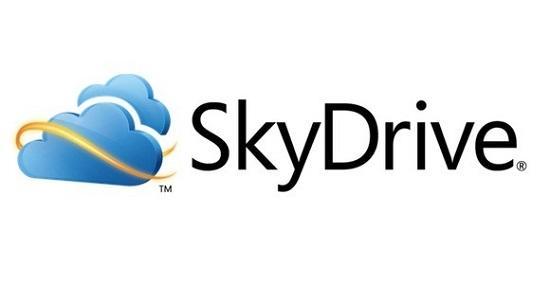
Storage is one of the most important things when it comes to our devices. It doesn’t matter what it is. From our phones to our tablets, the amount of storage we have readily available can mean the difference between having that one extra song, that app you just can’t live without, or one more photograph to see later.
We’ve seen more than one company give and take when it comes to the memory allowed to us. As our own Anna Scantlin has articulated in the past, the memory that companies promote with the launch of a device or with targeted marketing is more often than not the same amount of memory we actually have access to. And it’s not just one company doing this. It’s all of them. We don’t get 16GB of storage in the device marketed to have 16GB of storage. The same goes for the phones or tablets with 64GB, or even 128GB.
That number is the starting point, and companies use it up even before we take our newfangled device out of the box.
But there are options, of course. This is probably one reason why companies don’t mind using our storage before we can. Even if the company in question doesn’t give you an option in the device to cure your storage qualms, they know there are options. I’ve actually asked you in the past if you think you’d be willing to actively choose cloud storage over a microSD card, and the discussion went back-and-forth pretty well. There are positives and negatives to both solutions, and ultimately it’s up to you in what you choose.
But for the sake of this article, we’re going to say that you’ve chosen to go with cloud storage. The reason why you may have chosen to go the way of the cloud can be anything: Your phone doesn’t allow for a microSD card; your phone’s onboard storage just isn’t quite enough; or maybe you just have so much stuff that you absolutely need even more storage. Whatever the case may be, we’re acknowledging that cloud storage is the route we’re going with for right now.
I’ve found that cloud storage is one thing above anything else: easy. It’s easy to choose a cloud storage option, simply because there are so many options. It’s easy to find an application –in most cases—to access your cloud storage files. And, more than anything, the big companies like Microsoft, Google and Apple all have their own proprietary cloud storage solutions for you.
What I’ve found over the last year, too, is that my cloud storage habits have focused on primarily two things: documents and photos. I take a lot of photos of my daughters, because they’re usually always doing something that I feel like I should have saved in one way or another, and photographs have a way of eating up storage at a pretty quick rate.
The applications that let me access my cloud storage options, whether it be Microsoft’s SkyDrive or Dropbox (the two options I use every day), make it easy for me to look at the pictures I’ve taken when I want, without the photos actually being on my phone. The only drawback is the necessity for a data connection, which may not always be readily available.
The fact that the photos aren’t on my phone means I have extra space for whatever else I may want, whether it be applications or music. And, in my case, while I do love applications, it’s usually music that takes up the majority of space on my phone. That’s why cloud storage has become so important to my daily life, and why even if I do have access to a microSD card, I’ll choose the cloud storage option more often than not.
So tell me how you’ve started, or have been using, cloud storage. Do you use it for photos? Or music? Or something else entirely? Or are you on the other side of the spectrum, and have chosen not to put any of your data, documents, photos or anything else into the cloud? Let me know where you stand!